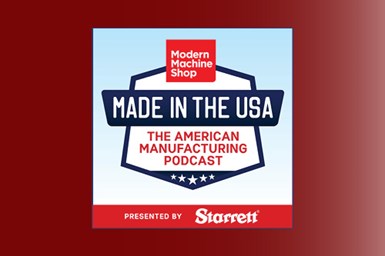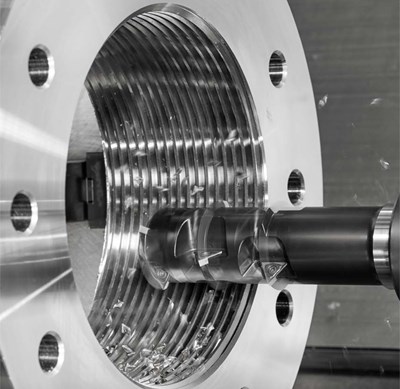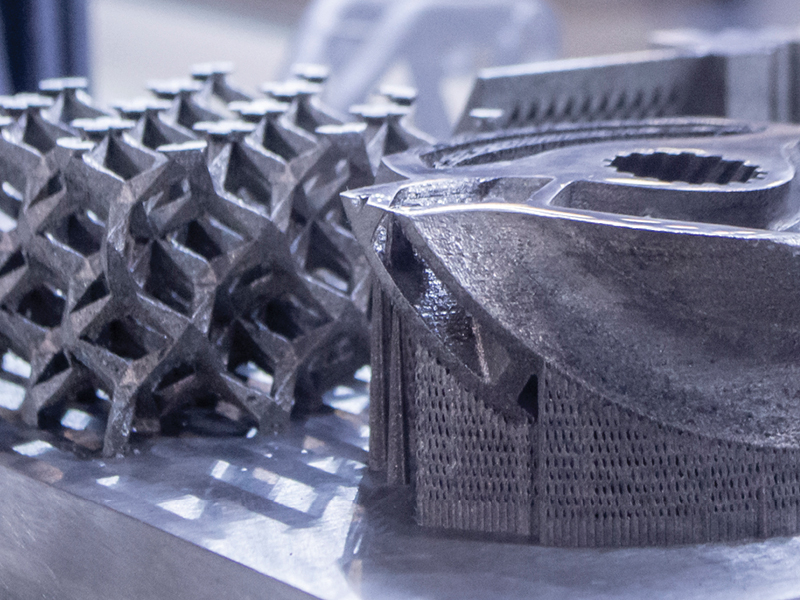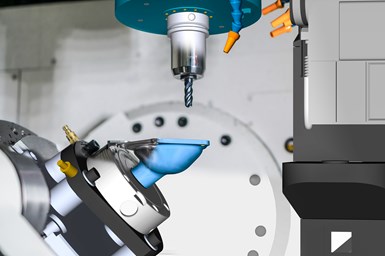Muratec Packing Solution Automates Material Handling
The Ledger A3 AS/RS miniload system feature high-speed, simultaneous carriage loading and unloading for storing, picking and sorting of small, lightweight goods.

Murata Machinery USA Inc.’s (Muratec) latest addition to its range of automated material-handling solutions for small product storage and retrieval is the new Ledger A3 mini-load, a high-density, four-tote carriage automated storage and retrieval system (AS/RS).
The Ledger A3 AS/RS is said to be an industry-first miniload with high-speed, simultaneous carriage loading and unloading of four totes for storing, picking and sorting small, lightweight goods. Designed to provide maximum high-density storage and retrieval for high-throughput distribution applications, this new crane delivers double the capacity compared to a conventional miniload AS/RS.
With twice the storage/retrieval capacity of single or twin deep-storage miniloads, this four-tote carriage solution reportedly moves up to 400 totes per hour with 2X the efficiency of conventional systems. Traveling at 984 ft/min (300 m/min) and lifting 360 ft/min (110 m/min), with a size capacity of 13.4" (W), 18.9" (D) and 11" (H) maximum, stacker cranes transfer Ledger A3-size (11" × 13.4") totes individually or four simultaneously, speeding in/out retrieval and overall throughput.
Combined with Muratec’s rail-guided, bi-directional shuttle sortation loop or “shuttliner,” the Ledger A3 can minimize manual-handling errors and boost throughput. Integrating the A3 miniload with a shuttliner that feeds a good-to-person solution delivers inbound and outbound picking in a single structure, saving warehouse floorspace and building long-term expansion flexibility.
Muratec’s North American introduction of the Ledger A3 mini-load follows numerous successful implementations in high-throughput, small-goods warehouse and distribution environments in the medical and pharmaceutical (syringes, pill bottles); cosmetics (tubes, bottles, jars); and food and beverage (confectionery products, candy) sectors.
RELATED CONTENT
-
Two-axis Ultra Precision Inclinometer Levels and Logs Data
IMTS22: DWL9000XY is an ultra-precision two-axis inclinometer with built-in surface flatness profiler and vibrometer that performs real-time data acquisition and storage.
-
Extended-Reach Robot for Packaging, Material Handling
The GP8L six-axis robot is designed for high-speed bin picking, induction and packaging tasks.
-
FANUC America Debuts New Robot for Machine Tending, Picking
The LR-10iA/10 robot mounts to the floor, upside down or on an angle. FANUC says the robot is easy to mount to an automated guided vehicle or other mobile platform to accommodate a variety of repetitive tasks or automate machines that are standing idle.











%20(1).1676494398075.png)

